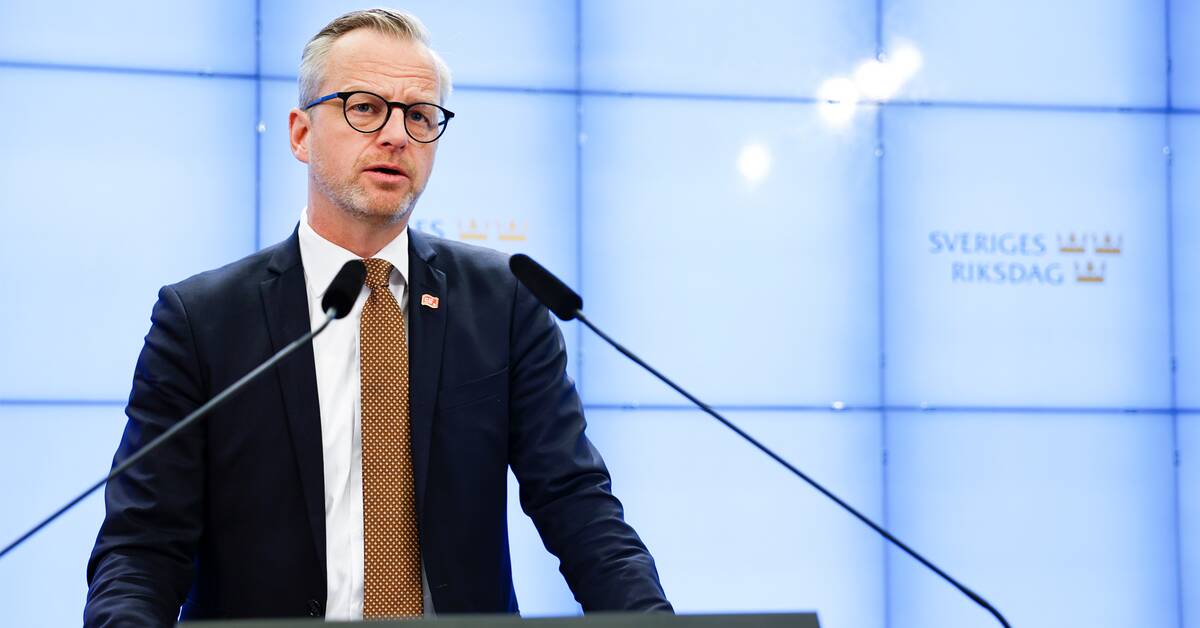On Sunday, it was clear that the government and the SD had agreed to reduce the reduction obligation at the end of the year to 6 percent. This means that the price of diesel and petrol will be cheaper, but it also means that Sweden's chances of achieving the EU's climate goals by 2030 are threatened as emissions from domestic transport risk increasing.
The Social Democrats' Mikael Damberg reacts strongly to the decision and how it has been presented.
"There is no researcher or authority that believes that what the government has presented is enough to achieve the climate goals, and this may mean that Sweden will have to pay very dearly for emission rights. Then it is important that the costs of the government's policy are reported so that it can be evaluated whether it is effective to achieve the climate goals.
MP: Abandoning climate goals
Märta Stenevi (MP) concludes that the Tidö parties are abandoning the climate goals and writes in social media that "the reduction will primarily benefit high income earners in large cities - families with children and pensioners who have the hardest time are not helped at all by this."
The trade association Transportföretagen has, together with the government, calculated the levels required for Sweden to meet the EU's climate requirements. They concluded that the government could have returned to the levels that applied when the reduction obligation was introduced, according to CEO Marcus Dahlsten, who believes that the government has gone too far.
"It is remarkable that the government does not signal what developments will look like after the term of office. On such an important issue as the green transition, the transport sector needs clear and long-term rules of the game," says Marcus Dahlsten, CEO of Transportföretagen.
Requirements from the industry
According to Dahlsten, the transport companies are now demanding that the government present purchase support for electric transport vehicles and that the transition to bio-powered vehicles must be accelerated.
"In addition to this, electricity production must increase and electricity grids must be strengthened and expanded.
Javascript is disabled
Javascript must be turned on to play video
Learn more about browser support
How does the reduction obligation actually work and why has it become such a dilemma for the government? SVT's reporter explains. Photo: Clara Zahui

